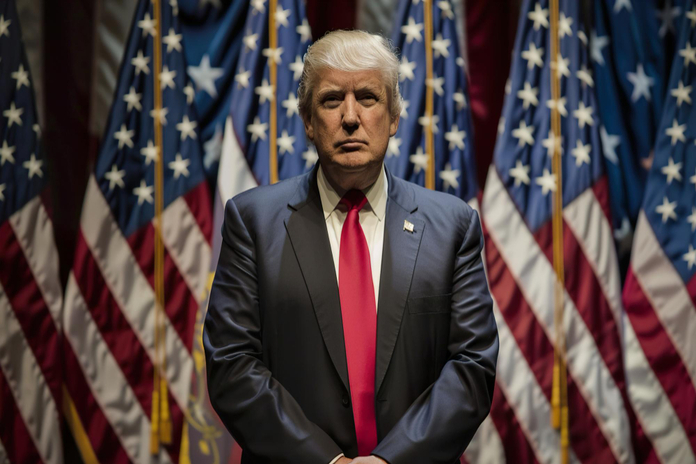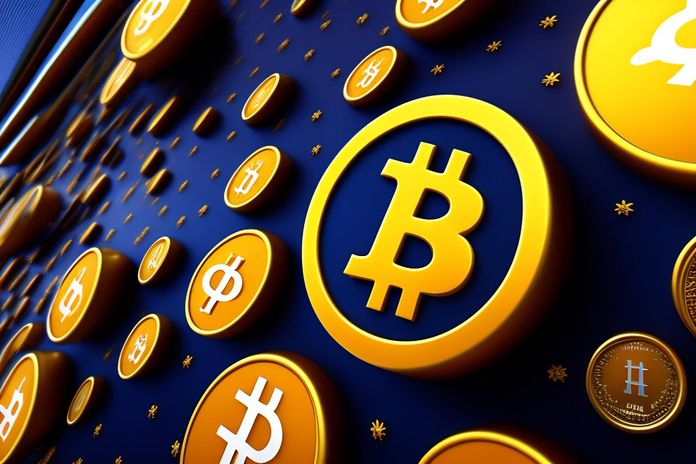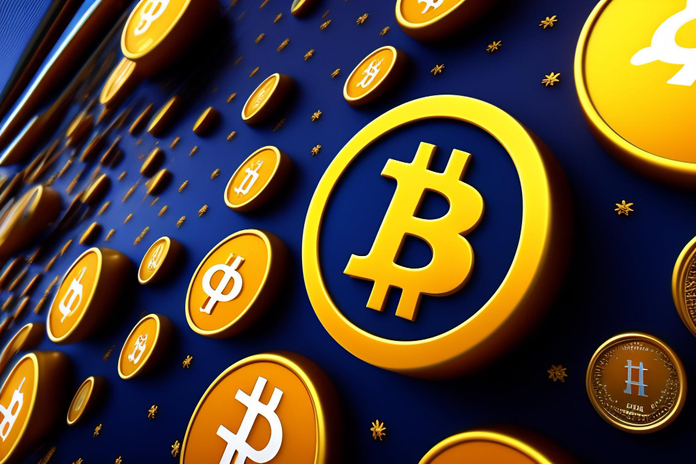Trump Launches New Cryptocurrency Venture but Declines to Share Details

Donald Trump has officially launched his family’s cryptocurrency venture, World Liberty Financial, during a livestreamed interview on the social media platform X. This announcement comes as Trump, the Republican presidential nominee, seeks to expand his influence in the digital currency space. However, the details surrounding the venture remain vague, sparking curiosity and skepticism alike.
Limited Details on World Liberty Financial
In the livestream, Trump did not elaborate on the specifics of World Liberty Financial or how it would function as a cryptocurrency trading platform. Instead, he pivoted to discussions on artificial intelligence and recounted a recent alarming incident—a shooting he described as an apparent assassination attempt. While he expressed gratitude to law enforcement and the Secret Service for their quick response, his comments on the venture itself were largely overshadowed.
World Liberty Financial is anticipated to serve as a borrowing and lending service for trading cryptocurrencies. This would allow users to transact in digital currencies without reliance on traditional banking systems. Exchanges typically charge fees for transactions, which could potentially position Trump’s venture as a cost-effective alternative for cryptocurrency users.
Political Context and Ethical Concerns
The launch of Trump’s cryptocurrency venture has raised ethical questions, particularly regarding the timing of such a business initiative during his presidential campaign. Critics, including Jordan Libowitz from the watchdog group Citizens for Responsibility and Ethics in Washington, highlight the potential for conflicts of interest. “Taking a pro-crypto stance is not necessarily troubling, the troubling aspect is doing it while starting a way to personally benefit from it,” he noted.
Interestingly, during his presidency, Trump had expressed skepticism about cryptocurrencies, stating he was “not a fan” and warning about the potential for illegal activities associated with unregulated digital assets. However, his recent remarks indicate a notable shift in his stance, aligning himself more closely with cryptocurrency supporters.
Shift in Trump’s Stance on Cryptocurrencies
Throughout this election cycle, Trump has adopted a more favorable view of digital currencies. Earlier this year, he announced that his campaign would accept cryptocurrency donations as part of a strategy to build a “crypto army” in anticipation of the upcoming election. His appearance at a bitcoin conference in Nashville, where he promised to make the U.S. the “crypto capital of the planet,” further reflects this shift.
Law professor Hilary Allen, who specializes in cryptocurrency research, has expressed skepticism about Trump’s newfound enthusiasm for digital assets. “I think it’s fair to say that that reversal has been motivated in part by financial interests,” she stated, suggesting that the shift may not be purely ideological.
Implications for Crypto Enthusiasts
For crypto enthusiasts, Trump’s pivot could be seen as a positive development, especially if he regains the presidency. Many believe that his administration could usher in more favorable regulations for digital currencies, potentially benefiting investors in the long run. Meanwhile, other political figures, such as Vice President Kamala Harris, have yet to present clear policies regarding cryptocurrency regulation, leaving the market in a state of uncertainty.
In August, a group of Democratic lawmakers, including Senators Chuck Schumer and Kirsten Gillibrand, engaged with crypto supporters in an online event called Crypto 4 Harris. However, neither Harris nor her campaign team attended, raising questions about the Democrats’ commitment to addressing cryptocurrency issues.
Conclusion
The launch of Trump’s cryptocurrency venture marks a significant development in the intersection of politics and digital finance. While the specifics of World Liberty Financial remain unclear, the venture reflects Trump’s evolving views on cryptocurrencies and their role in the financial landscape. As the political climate continues to shift, the implications for both cryptocurrency investors and the broader market will unfold in the coming months, particularly as the election approaches. The coming weeks will be crucial as stakeholders evaluate how this venture aligns with Trump’s political ambitions and the future of cryptocurrency regulation in the United States.
Featured Image: Freepik




